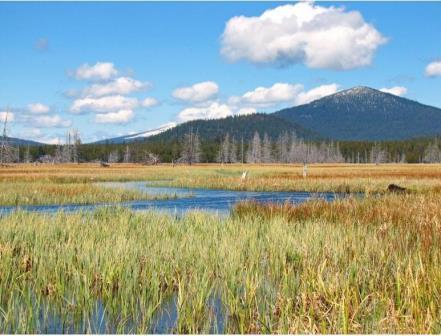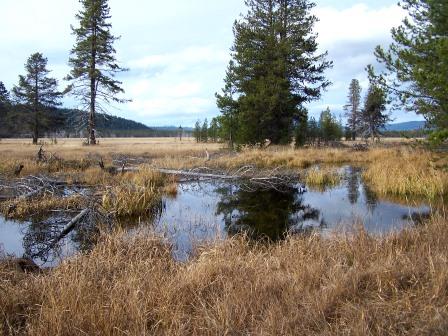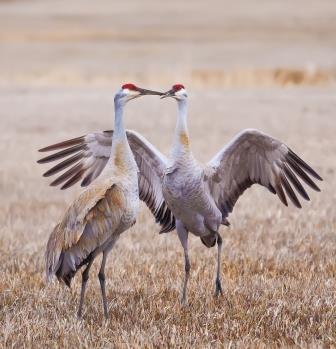
By Taylor Rudow
Big Marsh is a must-reach destination for those wanderlust individuals looking to get away from the hustle and bustle of humanity and step into one of the pristine wonderlands that Oregon so flawlessly delivers. Located in the backlands of the Deschutes National Forest, not far from Crater Lake, Big Marsh is one of the largest high elevation wetlands in the continental United States. At 4,700+ ft. elevation, this 2,000-acre wetland is a must-see and must-explore location, and an easy side trip for those visiting Crater Lake nearby.
Before being acquisitioned by the Forest Service in 1982, divisions were constructed within the marsh to lower the water table to allow cattle grazing throughout the summer. Following its acquisition into the Forest Service’s protection, attempts to restore the water table and end grazing brought the marsh back towards its former glory. Big Marsh was then included in the Oregon Cascade Recreation Area (ORCA), established in the Oregon Wilderness Act of 1984. Despite the protests of many conservation organizations at the time, including Oregon Wild and The Wilderness Society, ORCA was given a low protection level: on a scale of 1 to 10 (with 10 representing the most protected designation possible), ORCA was given a protection level of only 2. Therefore, while Big Marsh has some protections, it is still susceptible to destructive activities such as logging an d pollution.
d pollution.
Big Marsh plays a big role in sustaining important ecosystems in Oregon. It is home to many threatened, endangered, and sensitive bird populations, including the northern spotted owl, the great gray owl, sandhill cranes, and northern goshawks. It is also home to the largest population of the Oregon spotted frog.
With such amazing plants and animals, it’s no wonder that hikers from around the world flock to Big Marsh’s spectacular trails. While Big Marsh is far off the beaten trail, the drive is certainly worth the destination. Big Marsh is most easily reached using Highway 58, which intersects both Eugene and the Deschutes National Forest. From there, FS Rd. 5825 leads to a 2-mile loop around the marsh, from which hikers can observe the wildlife from the discretion of the trees. From FS Rd. 340, hikers can climb over the remains of the old bridge that once crossed Big Marsh Creek and explore several unique wetlands and observe expansive views of the entire marsh atop Tolo Mountain, Cappy Mountain, and Burn Butte. Finally, FS Rd. 6030 provides easy access to the marsh and several other conquerable mountain peaks.
With stunning wetlands, unique wildlife, and breathtaking views, it’s no wonder that Big March is a must-see destination in Oregon. However, it is a wonder that it is not currently protected as Wilderness. Logging operations are currently threatening the integrity of Big Marsh; operations that could be halted by designating the marsh as Wilderness under the Wilderness Act. Until this happens, this unmatched ecosystem remains vulnerable, and its future unknown.


